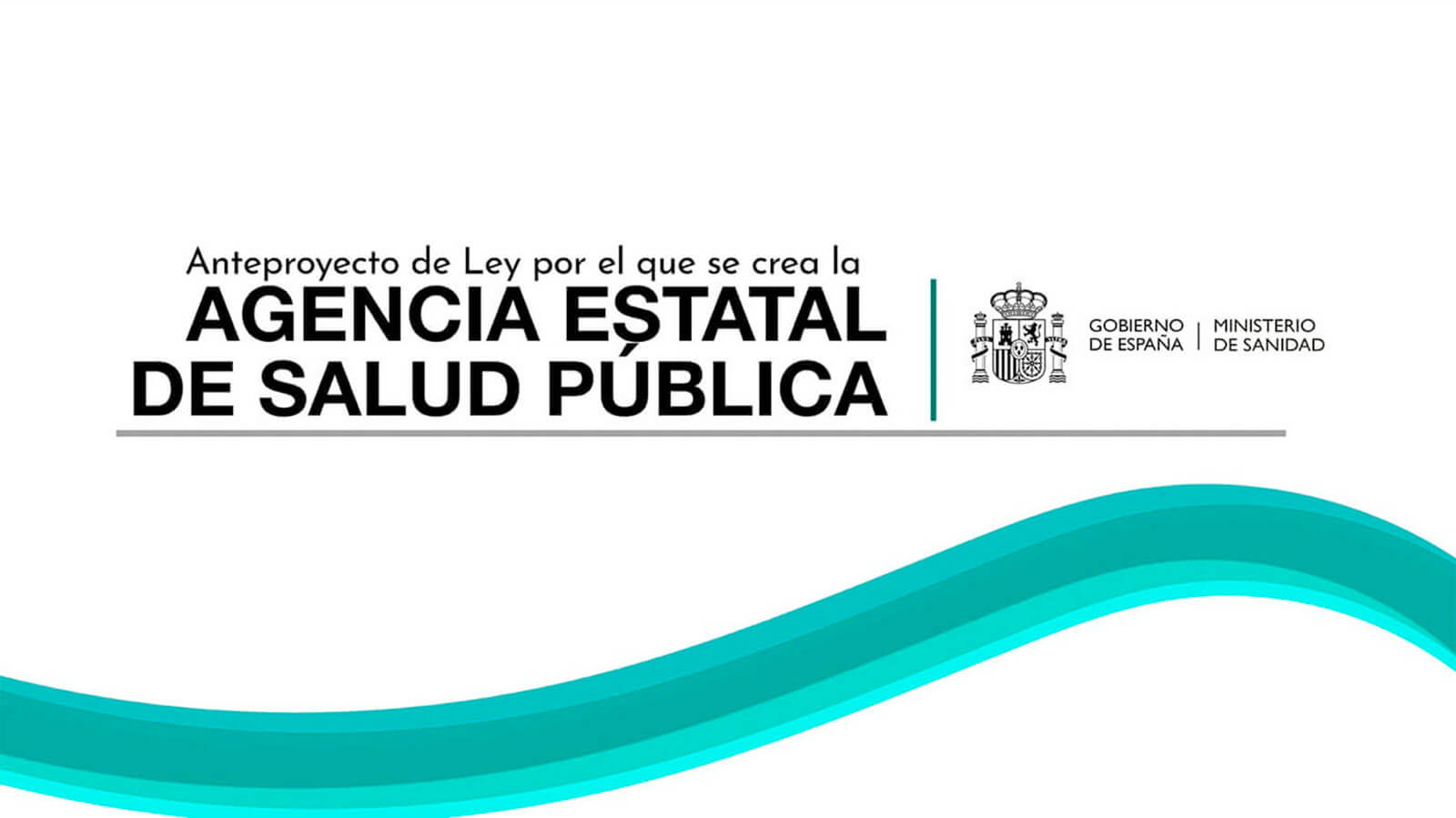The agency will monitor the health status of the population and anticipate risks and threats.
The Council of Ministers of Spain has had on the table, for months, the creation of a State Public Health Agency (AESAP).
This is an organization that will seek to address the risks and threats to the health of citizens and improve equity in this area.
Although at the moment this entity is still not official, the procedures are underway for its launch to be official. Now, what exactly will this State Public Health Agency consist of? What will your functions be? Let’s see it below.
What is the State Public Health Agency?
This future organization is called to coordinate the resources of the entire country and be the tool that detects and provides responses to health emergencies.
This is, as we will see later, an old promise that dates back to 2011 and whose need was evident during the pandemic.
The main function of the agency will be to centralize real-time health data and health resources generated by the autonomous communities.
Since the decentralization of healthcare, decades ago, all this information was collected by the ministry, but without agility. It can take months or even years for them to be consolidated and published nationally.
In addition, the State Public Health Agency will also be responsible for coordinating and serving as an interlocutor with international organizations, such as the European Center for Disease Control or the World Health Organization.

An outstanding debt
The COVID-19 pandemic put the Spanish health system in check, and highlighted the challenges regarding early detection, evaluation and rapid response to health emergencies, according to Mónica García, Minister of Health.
In this way, and in García’s words, the AESAP intends to address these shortcomings: “It is not only an outstanding debt with public health, but it also incorporates the lessons learned from the pandemic.”
Therefore, the creation of the State Public Health Agency will address these weaknesses and strengthen the capacity for anticipation, coordination and reaction. “It is not only an outstanding debt with public health, but it also incorporates the lessons learned,” García stated.
“It is not only an outstanding debt with public health, but it also incorporates the lessons learned from the pandemic.“

The five missions of the Agency
The bill, which continues its parliamentary processing, includes five fundamental missions of the State Public Health Agency:
Modernize and unite surveillance systems for the health status of the population and the problems and risks they face.
Incorporate the concept of ‘One Health’, which emphasizes that human health is interrelated with environmental and animal health.
Lay the foundations to adapt the health system to threats and anticipate them. According to the minister, among these risks is climate change: “High temperatures are bad news for health. To adapt to the threats, this law lays the foundations of what climate change entails.”
Improve coordination and collaboration with the scientific, academic community, industry, administrations and institutions to monitor and accompany the different response strategies.
Evaluate the social determinants that have the greatest impact on the health of the population.

What are the objectives of the AESAP?
In addition to the missions, AESAP has very clear objectives. Starting by monitoring, identifying and evaluating the health status of the population.
Likewise, it will address problems and risks in public health, emphasizing social inequalities in this area.
On the other hand, it will provide information to society on health issues that are of interest, coordinating the preparation and response to any health crises that may arise.
In turn, it will strengthen coordination with the surveillance teams of the autonomous communities. In this sense, administrations must provide data to this body so that it can evaluate possible risks.
Where will it be located?
At the moment, it has not been clarified what the future location of the agency will be, although the procedure for its appointment has already been opened, which depends on the Ministry of Territorial Policy.
García indicated that “there are candidates and local entities that are applying,” so a standard process will be developed to locate the future headquarters.

Aragon Pavilion at the Expo in Zaragoza, possible headquarters of the State Public Health Agency
When will it be approved?
The Government will approve the AESAP Statute within six months from the entry into force of this law. From there, the bodies, centers and services that will be integrated into it will be determined, so this AESAP will possibly become a reality at the end of 2024.
The creation of a state public health center, if accompanied by an adequate provision of resources, will make it possible to face the public health challenges of the present and the future in Spain.
To this end, the functions of this future institution must address, along with the organizational needs of public health, its connection with the Sustainable Development Goals (SDGs), coordinating a state strategy capable of integrating different health actors into a network of innovative, benchmark and priority public health.
However, it will also face, as we well know, the usual lack of resources, the disconnection of essential public health functions and inequity in regional and municipal development.
Therefore, at ETKHO we are betting on patience before seeing what this decisive step becomes for Spanish public health and the healthcare sector of the 21st century.



